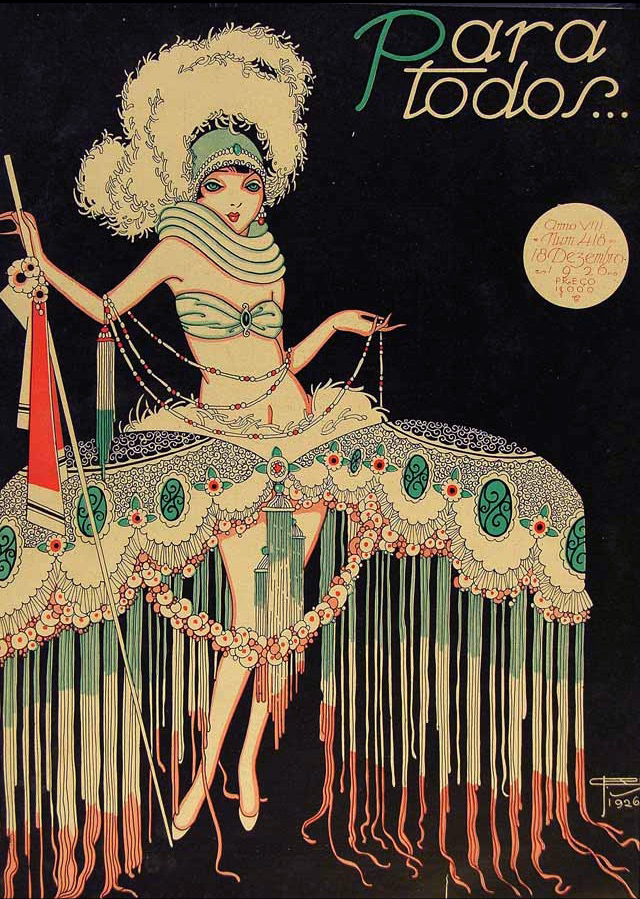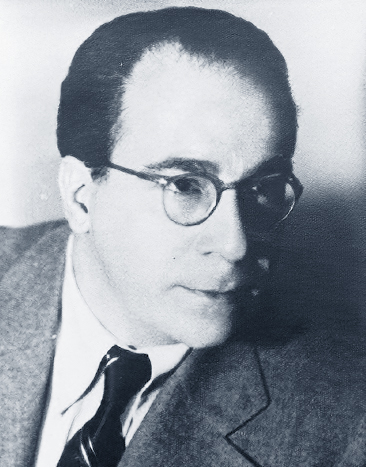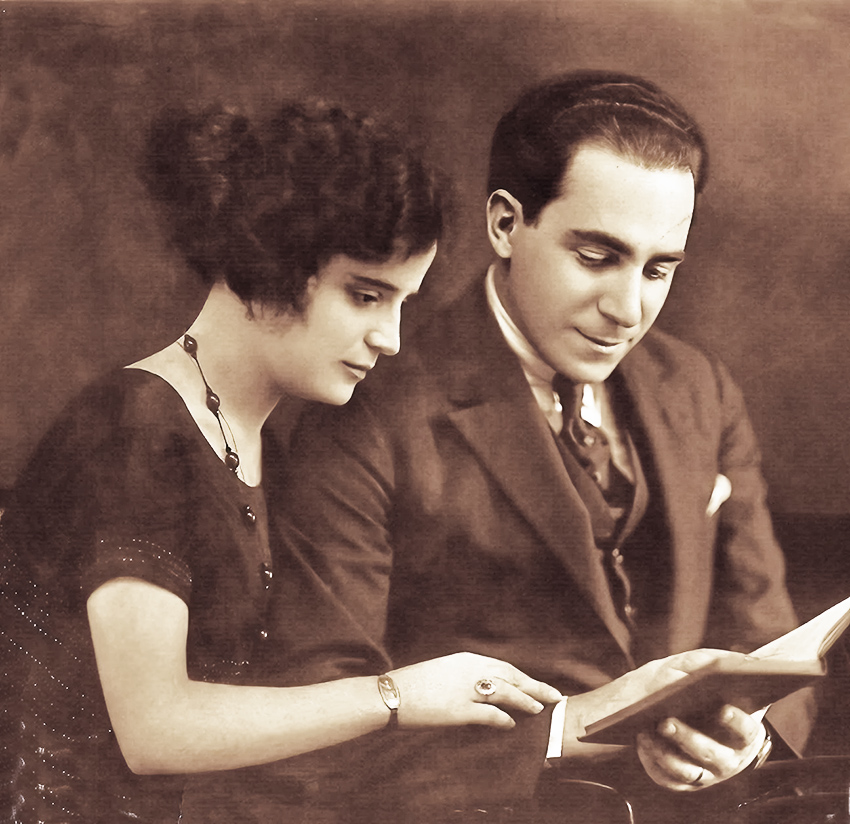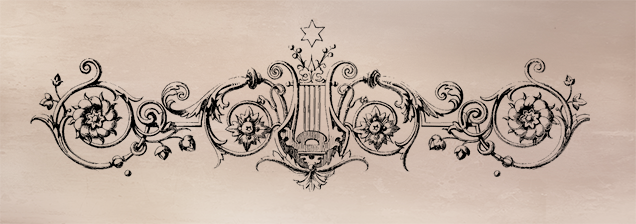
Oscar Lorenzo Fernândez and his Suite in F Major

1920s Brazil
Artists like Heitor Villa-Lobos spent quite some time during the decade absorbing the leading styles in Paris and soon returned to redefine Brazilian music. Oscar Lorenzo Fernândez, in contrast, remained in Rio for his entire life, forging a path without leaving the country.
Oscar Lorenzo Fernândez
Oscar Lorenzo Fernândez was born in Rio de Janeiro, Brazil, on November 4, 1897 to Spanish parents who encouraged his artistic interests, even though they briefly insisted he study medicine. In 1917 he entered the Instituto Nacional de Música, where his composition teachers included Francisco Braga and Frederico Nascimento (who also taught Villa-Lobos). After Nascimento’s death, Fernandez replaced him as Chair of Harmony when he was 25 years old. He was also influenced by Alberto Nepomuceno’s ideas on Brazilian nationalism in music.
Fernândez’s triple interests in composition, teaching and poetry combined to make him one of the most influential composers in Brazilian history. He was also active as an orchestra conductor
Both Fernândez and Villa-Lobos worked together to create and implement national music training policies throughout Brazil. Both men were founders of the Brazilian Academy of Music in 1945.
Fernândez was found dead at his home on August 27, 1948, surprising those who thought Villa-Lobos, who had cancer, was the one who would succumb first but, instead, Villa-Lobos managed to continue on to 1959.
The Quintet
Suite para quintetto de instrumentos de sopro, or Suite in F Major, Op. 37
1. Pastoral (Crepúsculo do sertão) [Twilight in the Jungle]
2. Fuga (Sacy Pererê) [Fugue. Sacy Pererê, in Brazilian folklore, is a supernatural being who appears in the jungle at evening.]
3. Canção (Canção da Madrugada) [Song of the Dawn]
4. Scherzo (Alegria da manha) [Scherzo – Morning gaiety]
The Suite for Woodwind Quintet, written in 1926, was originally published by the Ministério da Educaçao Escola Nacional de Musica of Rio de Janeiro in 1937; and later, in 1966, by the Associated Music Publishers in New York (now part of G. Schirmer, but probably out-of-print). If you cannot find a printed copy, though, you can now download the score and parts (and listen to a recording) from the Lorenzo Fernandez website. The site also includes a biographical essay by the composer’s great-granddaughter, Maria Silva e Silvério in Portuguese, but Google Translate does a fairly good job in translating it (meaning that the errors in musical terminology are pretty easy to find and correct, even for non-Portuguese speakers).
The Suite was the first woodwind quintet written in Brazil. It was premiered at the Instituto Nacional de Música in Brazil on September 20, 1927, performed by Pedro Veiga, flute; R. Athanasio, oboe; Antão Soares, clarinet; Crescencio Lima, bassoon; and Rodolpho Pferfferkorn, horn. It’s length is about 16 minutes.
Even the titles of the four movements reflect its Brazilian roots.
To these ears, this quintet is a brilliant, unjustly neglected work, somewhat overshadowed by Villa-Lobos’s quintet, written 2-3 years later. But Fernandez’s quintet is built of a completely different tone-world. A verbal description of Fernandez’s work is no substitute for listening to a recording, and fortunately, there are now several recordings available online. But here are my very brief notes:
First movement: To my ears, this movement sounds like Brazilian Impressionism, combined with Amazon folklore and bird calls. Second movement: The four woodwinds (without horn) perform a jouncy Brazilian-themed fugue with a short, slow oboe solo in the middle. Third movement: The bassoon and horn do a “sunrise” introduction, followed by a folkloric-sounding melody over syncopated rhythms patterns, passed back and forth through the ensemble. Fourth movement: The finale is a lively Brazilian scherzo featuring a return of Amazon bird calls.
The Suite’s technical challenges are mainly rhythmic, with cross rhythms between the parts, even while changing tempos. The flute part sounds especially virtuosic, while the bassoonist will need a reed that responds easily in the low register.
Fernândez mentions the Sacy Pererê mythological Brazilian character in the title for the second movement. Musically, this might be a reference to a nineteenth-century Brazilian art song by José Aimberê de Almeida who set a poem by Arnaldo Barcelos to music. With Fernândez’s interest in both song and poetry it is likely he would have come across Almeida’s work. (See Mundo Arts.) The mythology appears to date back to an indigenous Amazon people which was later adopted by African slaves brought to Brazil. Sacy Pererê was a small one-legged dark-skinned imp with a red cap and pipe who came out of the jungle at night and could disappear, often after causing a wide variety of pranks. The Brasilians online newspaper has a full article about the legend.
As the first Brazilian woodwind quintet, could Fernândez’s quintet have inspired Heitor Villa-Lobos’s Quintet written 2 or 3 years later? It’s a fair question, but the answer is: probably not. When the work was first performed Villa-Lobos was on one of his an extended stays in Paris. Villa-Lobos also used a non-standard instrumentation of English horn instead of French horn. It is possible that the first woodwind quintet Villa-Lobos ever heard was French or even German, not Brazilian, and the two works are quite different in style. But they both pay homage to Brazilian musical styles.

Other Works for Winds
Oscar Lorenzo Fernândez would write only a couple of other chamber works for winds:
Duas Invenções Seresteiras for flute, clarinet and bassoon, written in 1944.
Trés Invenções Seresteiras for clarinet and bassoon, also written in 1944.
N.B. #1: A common translation error one finds with Brazilian and Portuguese music is to see “trompa” and translate it as trumpet, instead of horn (possibly confused with the Italian tromba for trumpet). Thus several catalogs and other references list the wrong brass instrument for this quintet and other works.
N.B. #2: Brazilian writers may give “Lorenzo Fernandez” as the composer’s last name, in the Spanish custom of combining the mother’s patronymic name with the father’s last name. (His parents were Spanish, after all.) Most international writers, however, give his last name as simply Fernandez. We’ll follow the international convention in our site, but cross-reference the name.
Credits
The title artwork by J. Carlos (José Carlos de Brito e Cunha), is from a cover photo for the Art Deco magazine, Para Todos, published in Rio de Janeiro in 1926, the same year of Lorenzo Fernandez’s quintet. From the article “Behold the Beautiful Designs of Brazil’s 1920s Art Deco Magazine, Para Todos” on Open Culture, published Sept. 14, 2017.
The portrait of Lorenzo Fernândez is by an unattributed photographer and comes from the Bibliothèque nationale de France. It is in the Public Domain.
Image of Lorenzo Fernândez and his wife, Irene Soto Lorenzo Fernândez, is from the Lorenzo Fernandez website. If I understand the Portuguese correctly, the photo was taken on their wedding day.
Copyright © 2024 by Andrew Brandt

